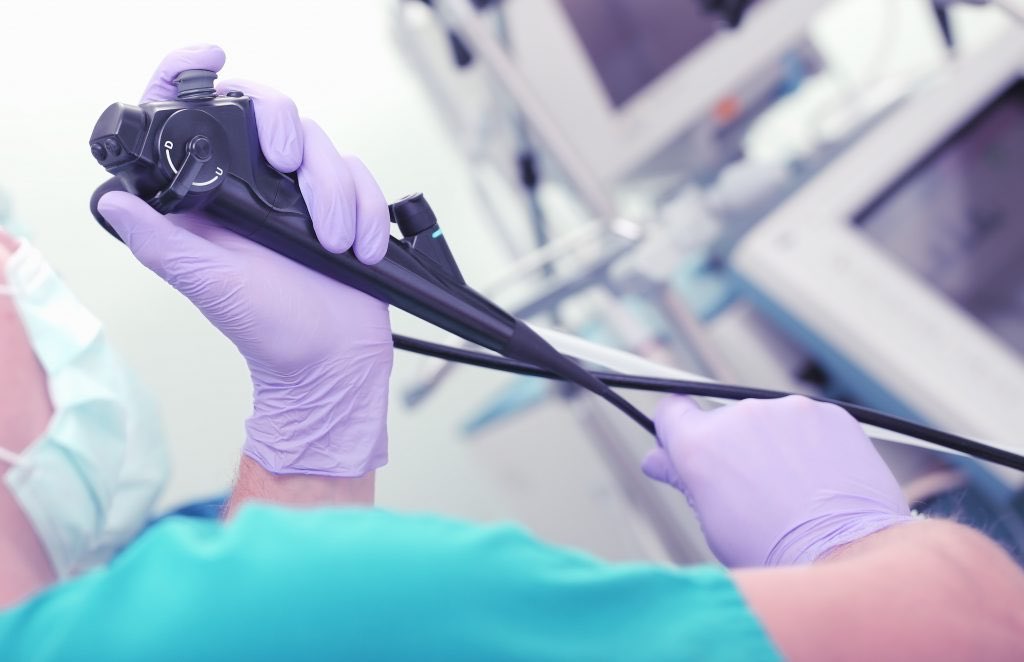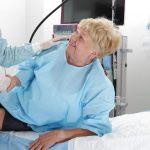An endoscopy is a non-surgical procedure that allows your doctor to see inside your digestive tract. A doctor may recommend an endoscopy if you have stomach pain, ulcers, bleeding in your digestive tract, or growths on your colon. This procedure is often preferred over an x-ray for your gastrointestinal tract because it allows your physician to gain a clearer image of any inflammation or small ulcers and tumors.
Endoscopies are done using an endoscope, which is a thin, flexible tube with a light and camera on the end. The camera transmits video to a TV monitor, allowing the physician to see inside your gastrointestinal tract. Your doctor can use an endoscope to take a biopsy if they feel the need to test the tissue in your digestive tract for disease. This may happen if they see any polyps or other tissue abnormalities.
Usually, endoscopies are outpatient procedures performed by a gastroenterologist. For this test, it is necessary that the stomach and small intestine be empty. Patients are typically advised not to eat or drink for at least six hours before their procedure. Most patients are sedated during the procedure. However, it’s rare to be under general anesthesia for an endoscopy. The entire procedure only takes about 20 minutes and recovery about 40 minutes. After your endoscopy, you will remain at the healthcare facility while your sedation wears off. It’s a good idea to bring someone with you because you won’t be able to drive until the next day (due to the sedative).
Are there alternatives to an endoscopy?
The most common alternative to an endoscopy is an upper GI x-ray. During an upper GI x-ray, you will drink a barium contrast solution that will coat your upper gastrointestinal tract. This contrast dye gives radiologists a better view of your esophagus, stomach, and small intestine. This type of x-ray uses a technique called fluoroscopy to create a video recording of your digestive tract in motion. This procedure takes between one and two hours. An endoscopy is recommended more often than an upper GI x-ray because it is more accurate. Additionally, endoscopy technology allows physicians to take a biopsy at the time of the diagnostic test.
The type of procedure you get will depend on your personal health and your doctor’s recommendations. Some procedures may be better suited than others for your specific gastrointestinal needs. Feel free to ask your doctor why they’re recommending any procedure. If you’re unsure about your procedure, don’t be afraid to get a second opinion.
Finding a fair price for your endoscopy
If your doctor has recommended an endoscopy, you have the right to choose where you have your medical procedure done. Doing some research beforehand can help you find out which factors can affect the cost of your diagnostic test. New Choice Health has gathered endoscopy price data from healthcare facilities around the country to help you determine a fair price for your procedure. Visit New Choice Health’s endoscopy cost information page today to learn more about how much you should expect to pay for your medical procedure.
If you need help paying for your endoscopy, check out NCH’s Patient Assist Program to learn how you could save money on your procedure.







